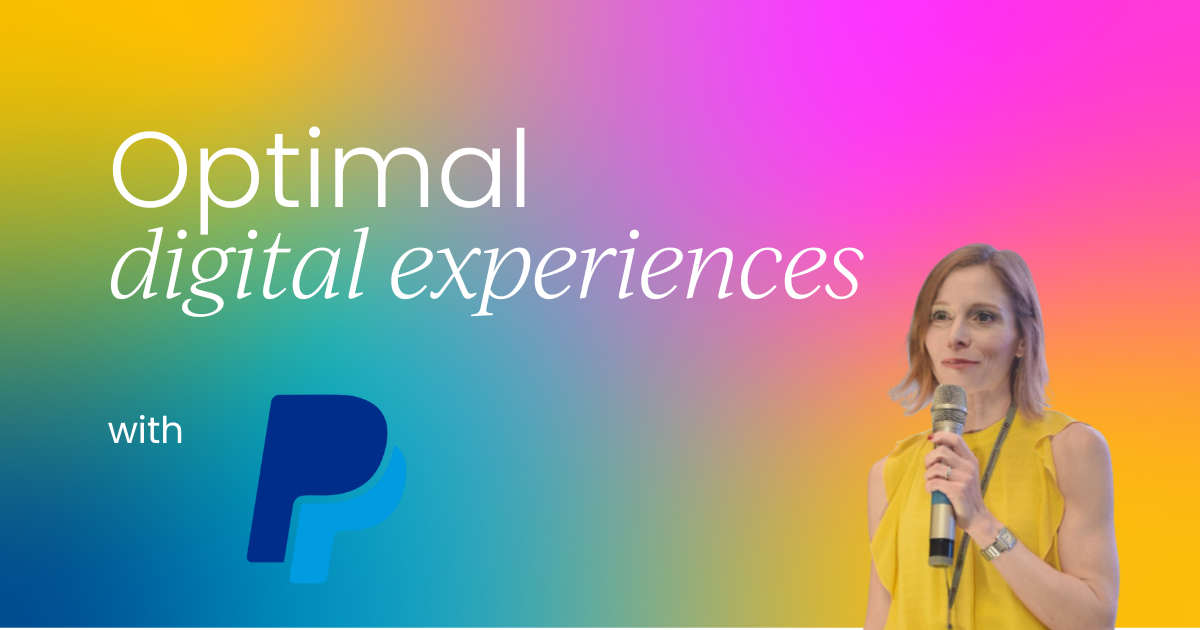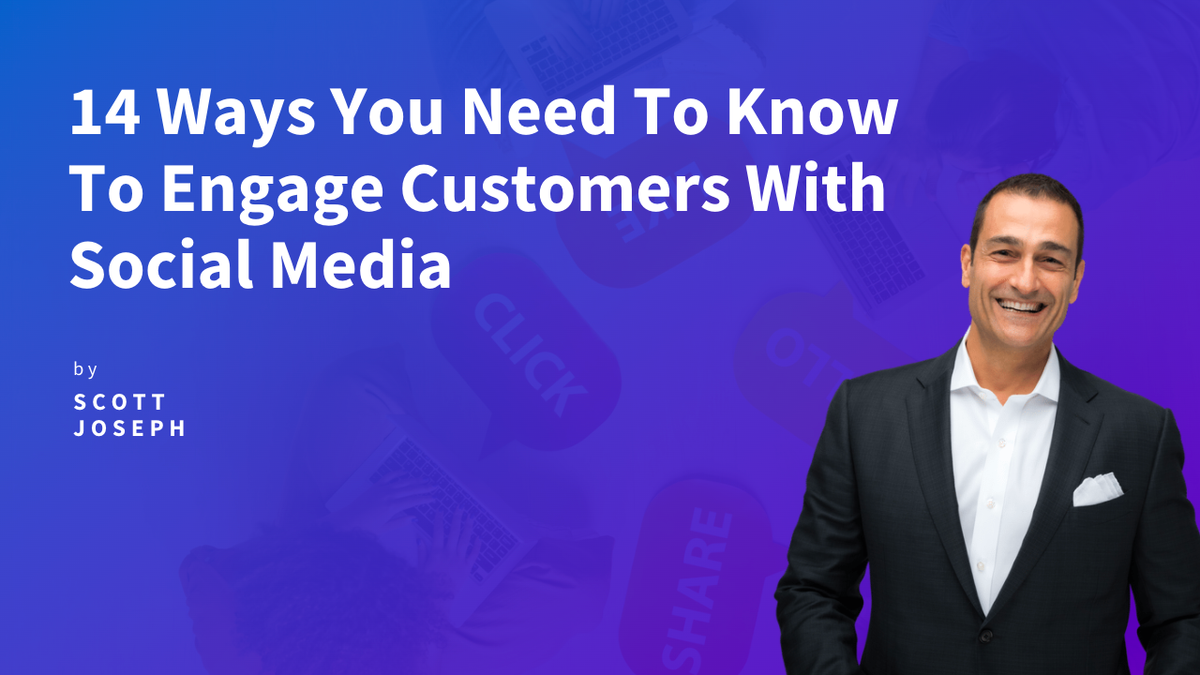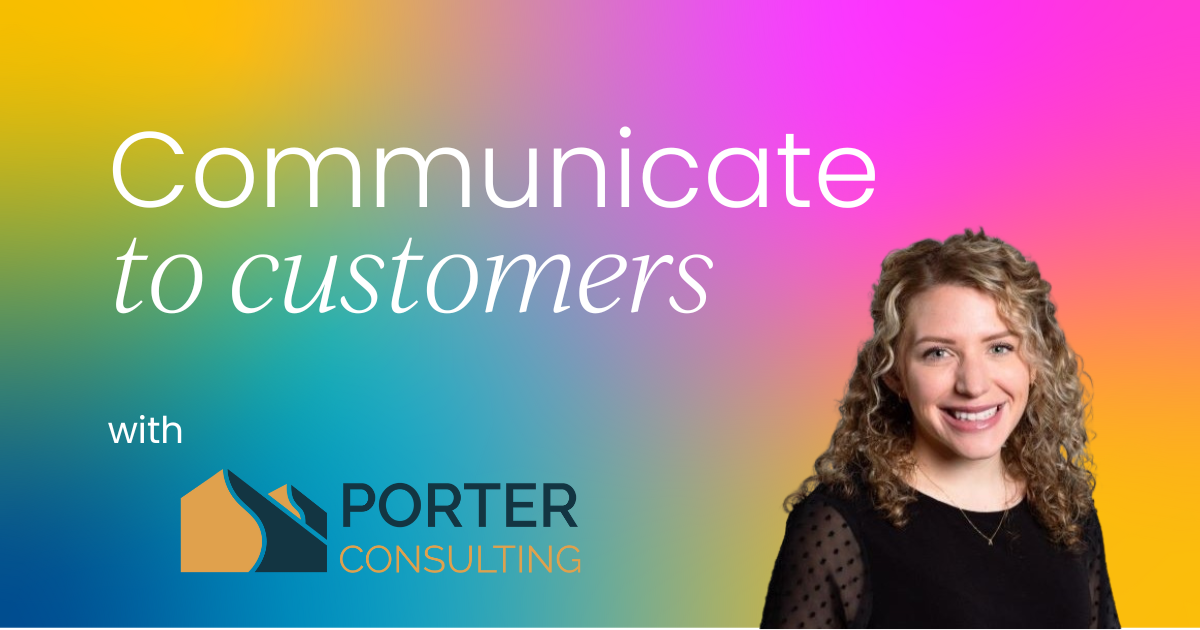Let us tell you, it ain’t easy holding on to customers under a subscription model. The best way to keep your customers happy and on board is to showcase the value of your product fast, and more importantly, to get your customers to realize it.
Customer marketing teams can target their existing customer base to highlight and communicate the value of their products effectively. Marketing to prospects who’ve not already purchased your product is one thing, but marketing to existing customers at a different stage in the customer journey requires a whole different approach.
We’re all overwhelmed with choices and standing out requires businesses to not only demonstrate value but also ensure customers perceive it.
1. Understand your customers’ needs and pain points
You won’t get through to your customers and connect with them without understanding two very important factors. To begin with, you need to first identify:
a) their needs, and
b) their pain points.
But what does this mean? You need to have a clear understanding of what your customers want your product to achieve – their needs. How your existing customers are actually using your product? What features do they use most? What benefits are they currently deriving?
Additionally, you need to identify their pain points. What problem is your product solving for your customer? What’s their big bug-bear? What issue can your product magic away and leave them satisfied? Once we've nailed these down, we can start thinking beyond basic value and really knock their socks off.

Identifying additional value
Let’s say your customers are satisfied with your product. That’s great, no one’s doubting that, but we’re not in this to meet expectations – we’re here to exceed them. When you’ve got them to realize value, you’re now in the home straight to really make your product and brand shine.
You need to look for ways to make your product can provide even more value to your customers:
- Underutilized features: Are there hidden gems in your product that could solve additional problems for your customers?
- Customer success and growth: How can your product help them level up? This might involve helping them use the product more effectively or introducing them to some of our more advanced features.
- Evolving needs: Customer behavior is never static. Their needs may have changed since they first fell in love with your product. You need to stay on your A-game and keep up with their evolving requirements.
The key here is lots and lots of confidence. You need to be sure you understand these factors inside and out. This means conducting ongoing customer research, digging into their usage data, and keeping those lines of communication with your customer base wide open.

2. Customer research and segmentation
Now that we've got a handle on your customers’ needs and pain points, it's time to get organized.
In order to reach your customers in the most impactful way, you need to segment your customer base into groups that share similar interests, product usage history, and buying behavior. Here's how to do it:
- Conduct surveys: Tools like Google Forms or SurveyMonkey are your new best friend here. They're great for gathering those all-important customer insights.
- Create customer personas: Let's develop detailed profiles that reflect different segments of your audience. These personas will be your guiding light when crafting targeted messages.
- Customer journey mapping: You need to visualize how our product fits into various stages of the customer journey. This will help you identify key touchpoints where you can reinforce value.
Here's a quick example of how you might break down your key customer segments and their primary pain points:
| Customer segment | Pain point | Solution your product offers |
|---|---|---|
| The "tech enthusiasts" | Fast product obsolescence | Regular product updates |
| The "budget-enthusiasts" | High-price sensitivity | Affordable pricing plans |
| The "eco-conscious" | Environmental impact | Sustainable product design |
Listening to customer feedback
While customer success might have the ear to the customer via client meetings, engagement surveys, and monitoring their usage, you too can tap into customer insights.
As a marketer, you have your own direct line to your customers: through the power of social listening. Here's what we should be doing:
You can monitor your social media for unfiltered customer thoughts and find out what they truly think of your product and brand. But we’ll warn you, they can be pretty brutal, but that's absolutely gold for you.
Another way you can harness feedback is by regularly checking review platforms like Yelp and Google Reviews to understand customer sentiments. You can use these reviews to take the pulse of your customer base.

3. Create value-based messaging
At this stage, you should now know your customers inside out. It’s imperative you have a bank full of research and segments created before you can really get stuck in with messaging.
If so, it's now time to craft your message. But here's the kicker most companies miss and one that can have catastrophic repercussions: you need to shift your focus from waxing lyrical about product features to shouting about your product’s benefits.
Shifting from product features to benefits
Your first exercise should be to establish what matters most to your customers using the customer research and segmentation groundwork you’ve already laid out. So, instead of prattling about a list of features that most customers won't care about, you need to hone in on the benefits that are tied to their specific needs.
Be honest, have you ever been innocently browsing for a new cell phone in a store and got cornered by a salesperson who lists every brand-spanking new feature of the latest, most expensive model? It’s all “200GB of” this and “A15 Bionic chip” of that and means virtually nothing to you without the raw benefits to you, a person, who’s using this product daily.
Here's a super quick example of what we mean:
- Feature: Noise-canceling headphones
- Benefit: Blocks out distractions for a more focused work or relaxation environment
See the difference? With the second option, you’re not just telling them what your product does; you’re showing them how it improves their life.

Use clear and simple language
Alrighty, when talking to your customers you need to ditch the jargon and technical terms – that’s never going to resonate with the majority of your customer base. They don't care about the fancy algorithms powering your product; they care about how it solves their problems.
Let's look at some examples:
| Product-centric messaging | Customer-cenric messaging |
|---|---|
| "Our AI-powered task management system utilizes LLM algorithms." | "Automate your workflow and save 10 hours per week." |
| "Cloud-based SaaS solution with WebRTC integration." | "Collaborate in real-time, anywhere." |
These messages speak directly to customer benefits without getting bogged down in technical details.
4. Build trust with social proof
Most people will admit they’re more likely to purchase something if it’s got the seal of approval of someone else – even better if they’ve been referred by someone they know. Customers trust other customers more than they trust a corporation, so use that to your advantage.
Use customer testimonials and reviews
If you want to make the most of the wealth of reviews you’re getting across various platforms, you ought to showcase real customer experiences. This could be through:
- Written testimonials
- Video reviews
- User-generated content
If you work for a B2B company, case studies will be your best friend. We suggest to focus on the measurable impact your product has had on other businesses.
Influencer marketing
Okay, okay, okay we know what you’re thinking but hear us out. Influencers conjure images of flashy brand partnerships and substanceless content way out of the remit of your organization, right? But actually, influencers can be a powerful tool in your arsenal, you just need to be smart about the way you approach these partnerships.
Two clear ways we’d suggest is to:
- Partner with micro-influencers, rather than celebrities, whose audience aligns with your brand.
- Ensure authenticity by allowing influencers to share their honest experiences.
Here's a quick comparison of micro-influencers vs. celebrity endorsements:
| Category | Micro-influencers | Celebrity influencers |
|---|---|---|
| Cost | More affordable | High budget required |
| Audience engagement | Higher engagement rates | Often more superficial |
| Trust | Perceived as more authentic | May seem overly commercialized |

5. Educate and engage through content marketing
They say content is king, but value-focused content is emperor. Content for content’s sake only adds to the noise being jammed in your customer’s face every day. No one wants that, and it’s certainly not the way to get your customers to realize product value.
So let's take a look into how you can harness content to showcase your product's value.
Use educational content to showcase value
If you’re going down the educational content route, the first step is getting the proper resources for the task. You need to hire a team of excellent copywriters to create blog posts, tutorials, and guides that provide tips and demonstrate how your product adds value to the customer's life.
Just spitballing ideas, you could create some blogs titled:
- "5 Ways [Product Name] Simplifies Your Morning Routine"
- "Why Choosing X Products Saves You Money in the Long Run"
These types of content pieces not only educate your customers but also subtly reinforce the value of our product.
Interactive content for engagement
But let's take this one step even further and make the experience more interactive for your customers.
Quizzes are a brilliant tool to help your customers decide which product fits their needs in an upsell campaign. You can also get real-time answers to questions and showcase product functionality with webinars and live demos.
This kind of content doesn't just tell; it shows and involves the customer, making the value proposition much more tangible.
6. Offer personalized and incentivized experiences
You’ll hear this sentiment thrown around a lot but it’s true so we’re going to say it anyway: one-size-fits-all just doesn't cut it anymore. In order to create meaningful customer experiences, you need to get personal.
Personalized recommendations
Imagine you’re a software company that offers a project management tool. By analyzing customer usage data (from customer success teams or product analytics), you notice that a user has been primarily using your software to manage small, internal projects but hasn’t yet tapped into your advanced collaboration features.
Instead of sending a generic “upgrade to premium” email, here’s how you could make it more personal and relevant:
Email content:
"Hi [Customer Name], we noticed you've been efficiently managing your internal projects with our tool—great job! Did you know that by using our [X] feature, you could save an average of 20% time on cross-department projects? It’s designed to help teams like yours streamline communication and task delegation, even across larger teams.
“Based on your usage, we think this feature would be a game-changer for your workflow. Here’s how to get started with it in under 5 minutes [link to tutorial]. Plus, for a limited time, we’re offering a 10% discount on upgrading to premium to unlock even more powerful tools!"
You can see that this approach makes the recommendation feel personally tailored to the customer’s specific use case, creating a more bespoke experience. You’re not just pushing an upsell in a heavy-handed kind of way, you’re demonstrating a clear, personalized benefit based on how they’re already using your product.
Provide incentives for early adopters and referrals
We all love a good deal, right? It’s uncommon to find someone who’d prefer to pay more than necessary for something. This is something you can tap into with your customers by offering exclusive discounts or early access to loyal customers. Additionally, you could implement a referral program where customers can earn rewards for recommending the product.
Some ideas for incentivizing referrals:
- Offer percentage discounts for successful referrals
- Provide points or loyalty rewards
- Feature top referrers on social media
Value realized in a nutshell
Look, we're not gonna sugarcoat it – getting customers to truly recognize your product's value can feel like an uphill battle. Not everyone hits it, that’s why we have churn rates.
But don’t feel discouraged because it can be achieved. It’s the key to keeping them around in the long run. By really digging into what makes your customers tick, crafting messages that speak their language, and consistently showing up with value, you'll be well on your way to turning those subscribers into die-hard fans.
It's not about shouting how great your product is from the rooftops; there’s a big difference between boasting and demonstrating value. It's about telling the customer, "I've got exactly what you need."
Where do you go from here?
So, you’ve read about what customer marketing is and why it’s important, and you’re now looking to understand what goes into actually implementing it into your existing network.
We’ve just the thing for you with our Customer Marketing Certified: Core.
👩🏼🏫 12 modules
📙 40+ chapters
⏰ 10+ hours
📝 Templates & frameworks
🔥 6 fireside chats
👨🏼💻 100% self-paced
Customer Marketing Certified: Core's the industry standard, the driving force for your success, and the only companion you need for personal and professional growth.









